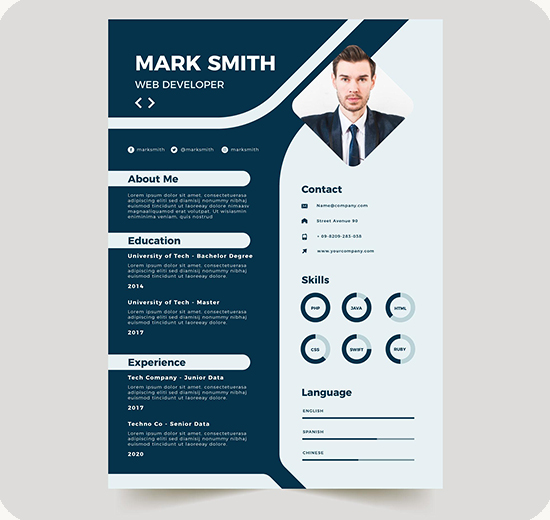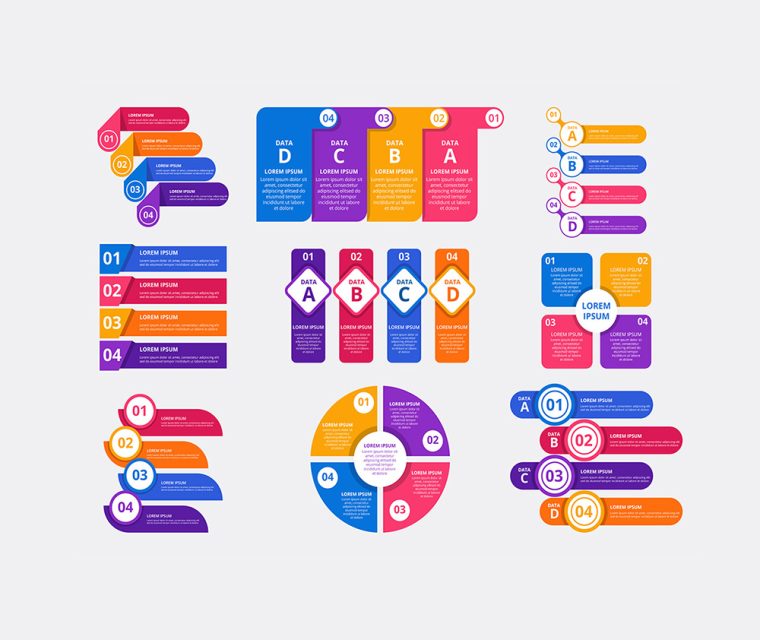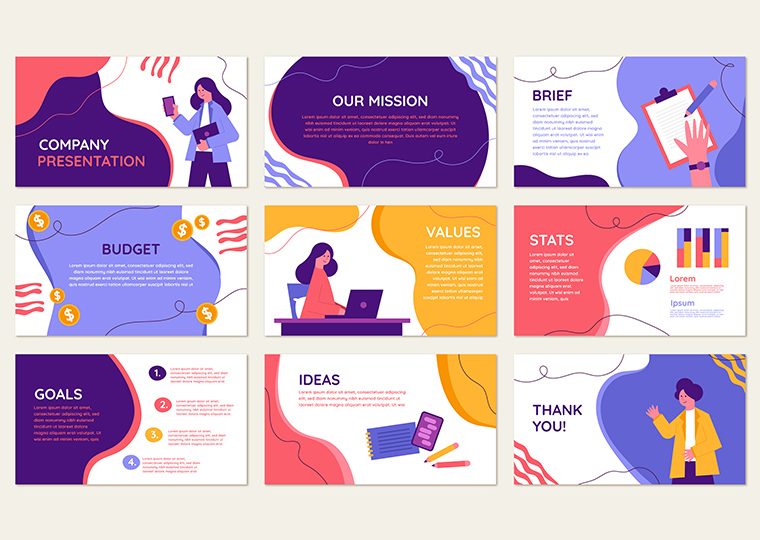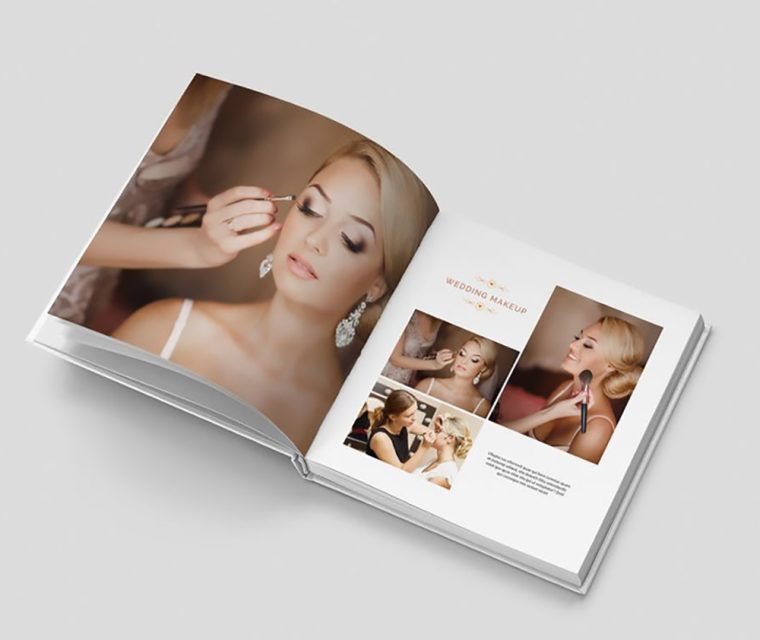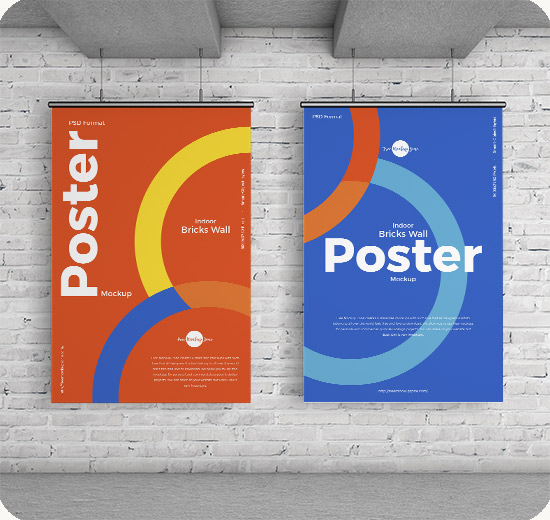
print design
Poster Design
Creating effective poster advertisements involves considering several key elements to ensure your message is clear, engaging, and memorable. Here are some crucial points to pay attention to when designing advertisements on posters:
- Clear Objective
- Purpose: Define the main goal of your poster. What action do you want the viewer to take? Purchase a product, attend an event, or visit a website?
- Audience: Understand and target your specific audience. Tailor your messaging and design to appeal to them.
- Visual Hierarchy
- Headline: Use a catchy and bold headline to grab attention instantly.
- Sub-headlines: Provide additional key information below the headline.
- Body Text: Keep it concise. Use bullet points or short sentences to retain readability.
- Aesthetic Design
- Color Scheme: Choose colors that align with your brand and evoke the desired emotions.
- Font Selection: Use legible fonts. Avoid using more than two or three different fonts to maintain a clean look.
- Images and Graphics: Use high-quality images and graphics that complement your message.
- Composition and Layout
- Balance: Ensure that text, images, and negative spaces are balanced and visually appealing.
- Alignment: Align elements consistently. This helps guide the viewer’s eye across the poster.
- Whitespace: Don’t overcrowd your poster. Whitespace helps to emphasize important elements and improve readability.
- Engaging Content
- Compelling Copy: Write persuasive and relevant copy. Include a clear call-to-action.
- Benefits: Highlight the main benefits or unique selling points of your product or service.
- Emotional Appeal: Craft a message that resonates emotionally with your audience.
- Call to Action (CTA)
- Visibility: Ensure your CTA stands out. Use contrasting colors or bold typography.
- Clarity: Be specific about what the viewer should do next (e.g., “Visit our website”, “Call now”, “Register Today”).
- Branding
- Consistency: Maintain brand consistency with colors, logos, and fonts.
- Recognition: Ensure your brand logo and name are prominently displayed.
- Practical Considerations
- Size and Format: Design with the final print size and format in mind.
- Readability: Ensure that the text is readable from a distance.
- Location: Consider where the poster will be displayed and design accordingly.
- Testing and Feedback
- Proofreading: Double-check for any spelling or grammatical errors.
- Feedback: Get feedback on your design from a sample of your target audience or colleagues before printing.
Example Layout
- Top: Bold headline with a compelling image.
- Middle: Key information with sub-headlines, and bullet points.
- Bottom: Call-to-action, contact information, and brand logo.
By focusing on these elements, you will be able to create an effective poster design that captures attention, communicates your message clearly, and encourages the desired response from your audience.


